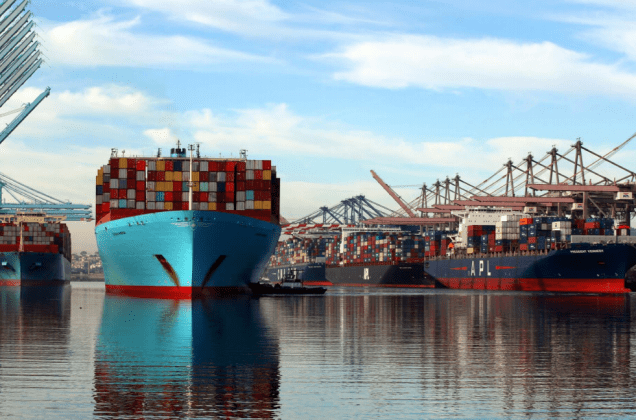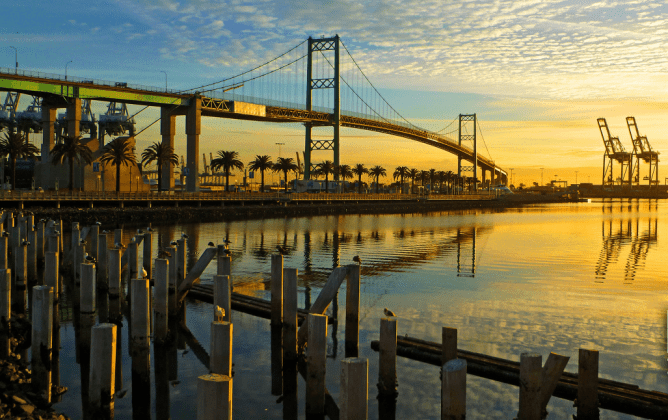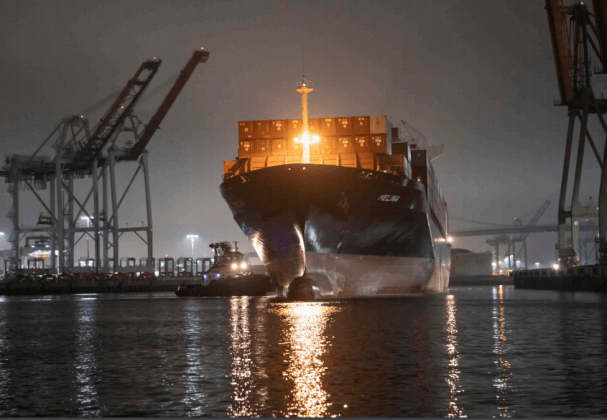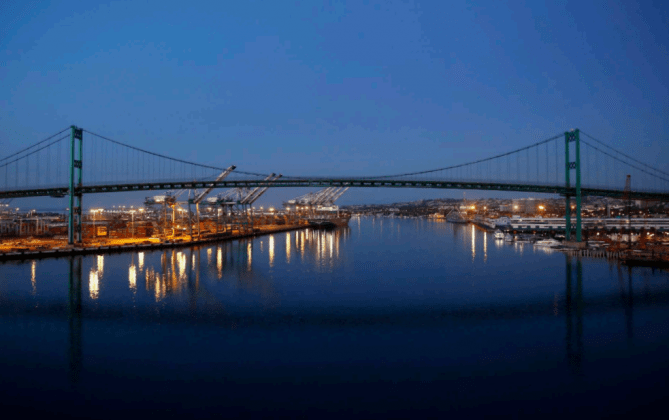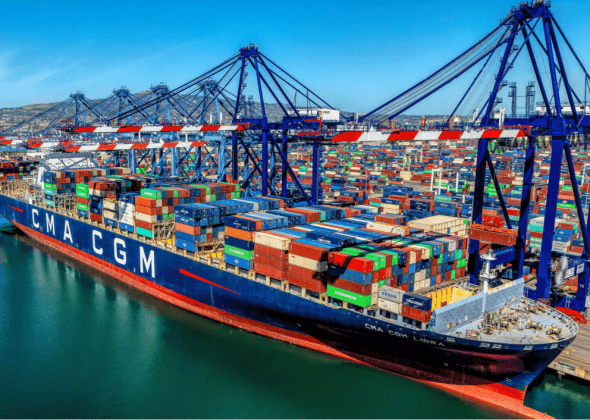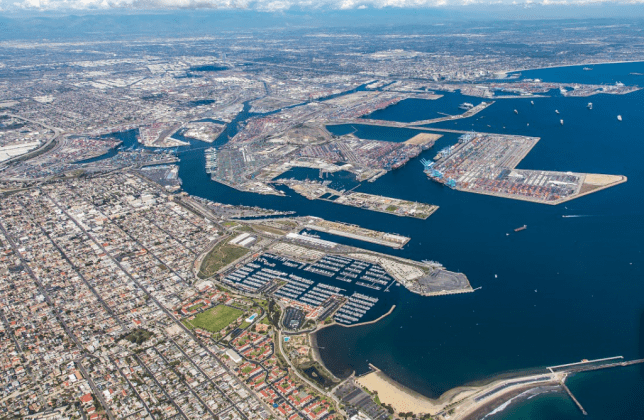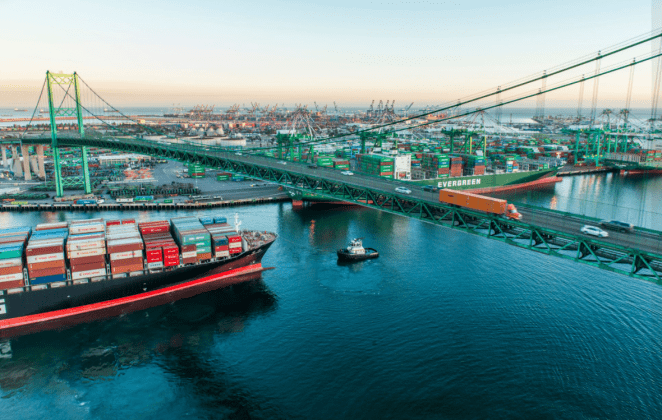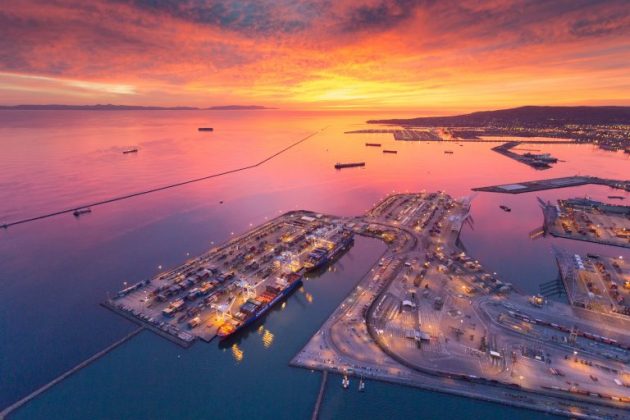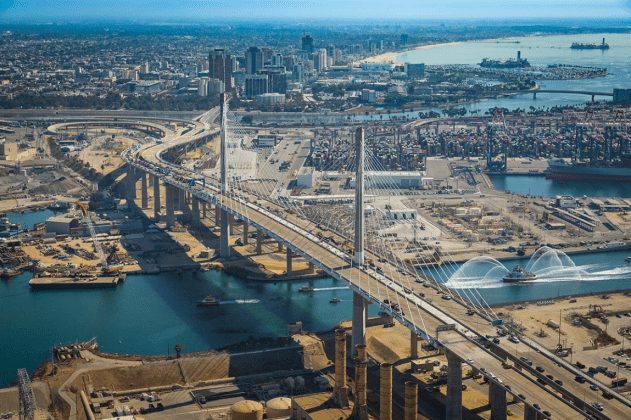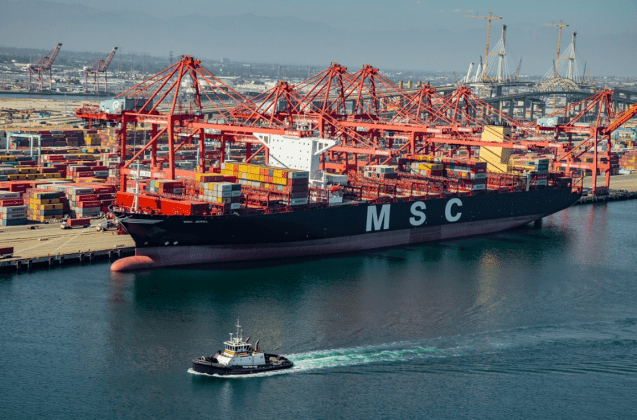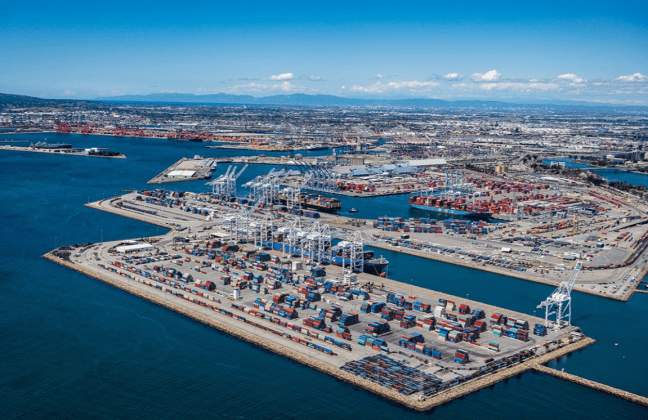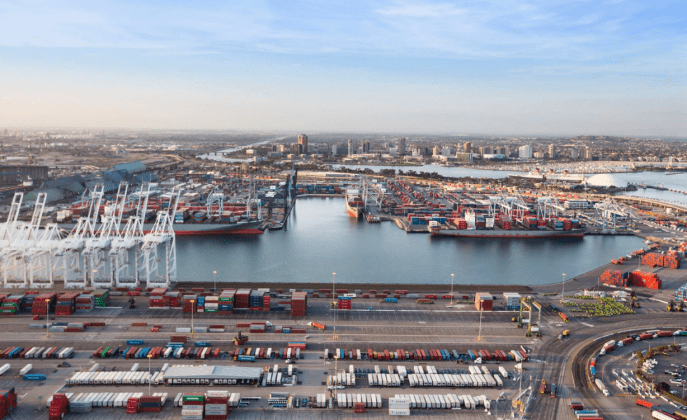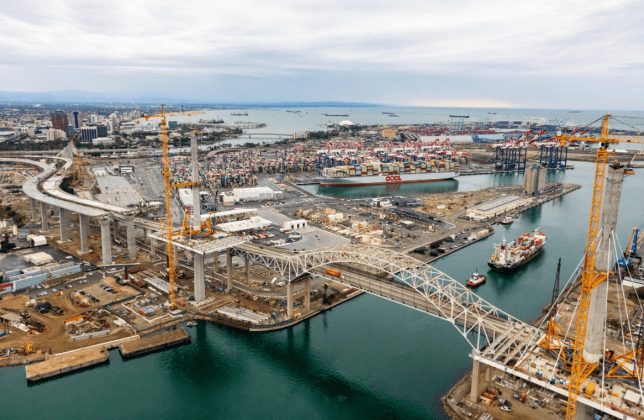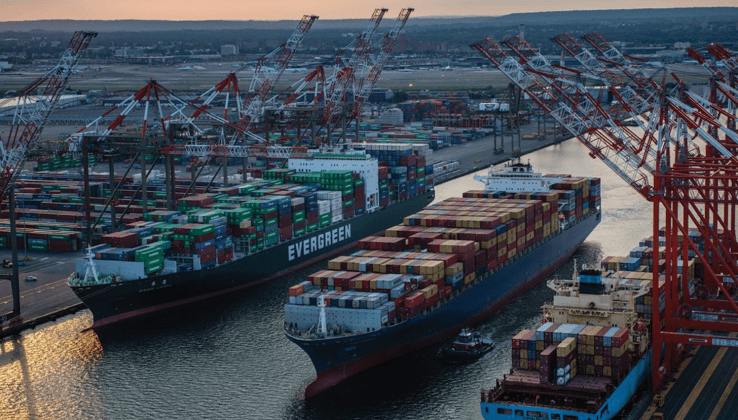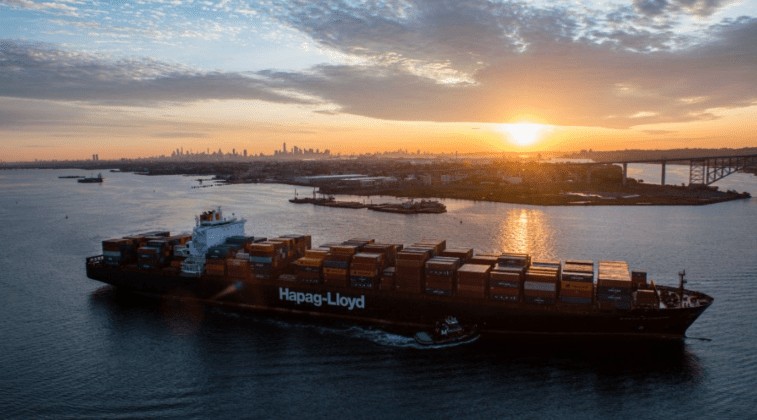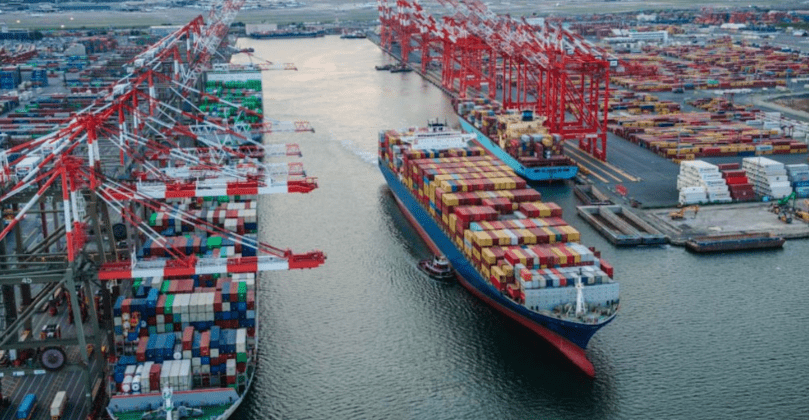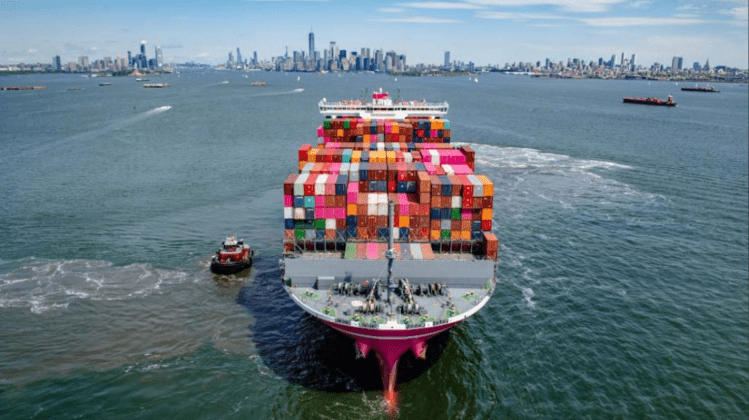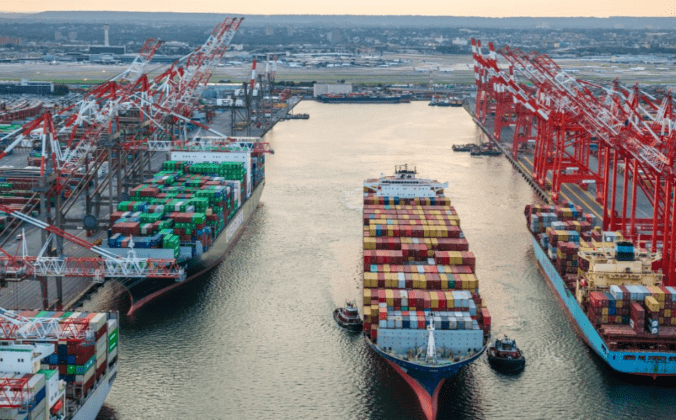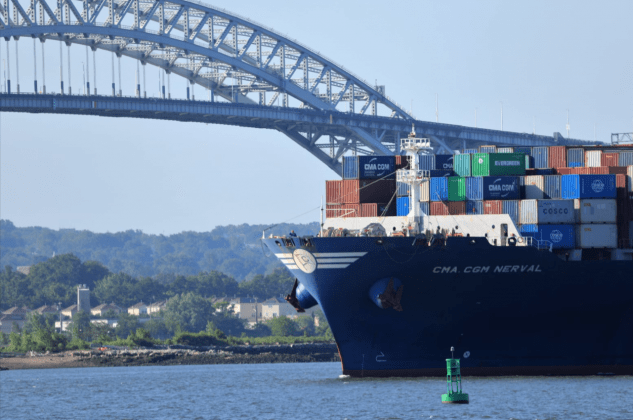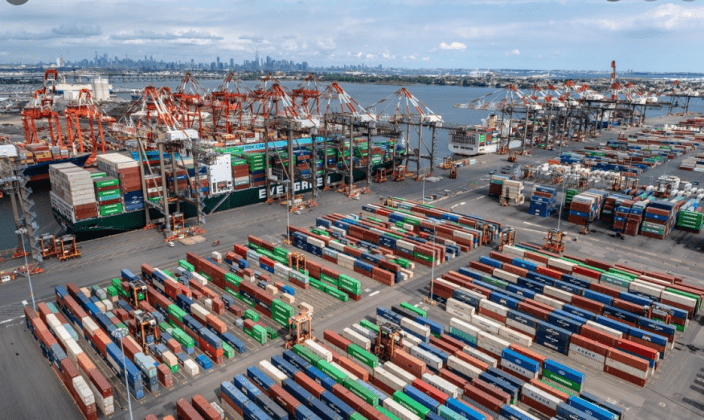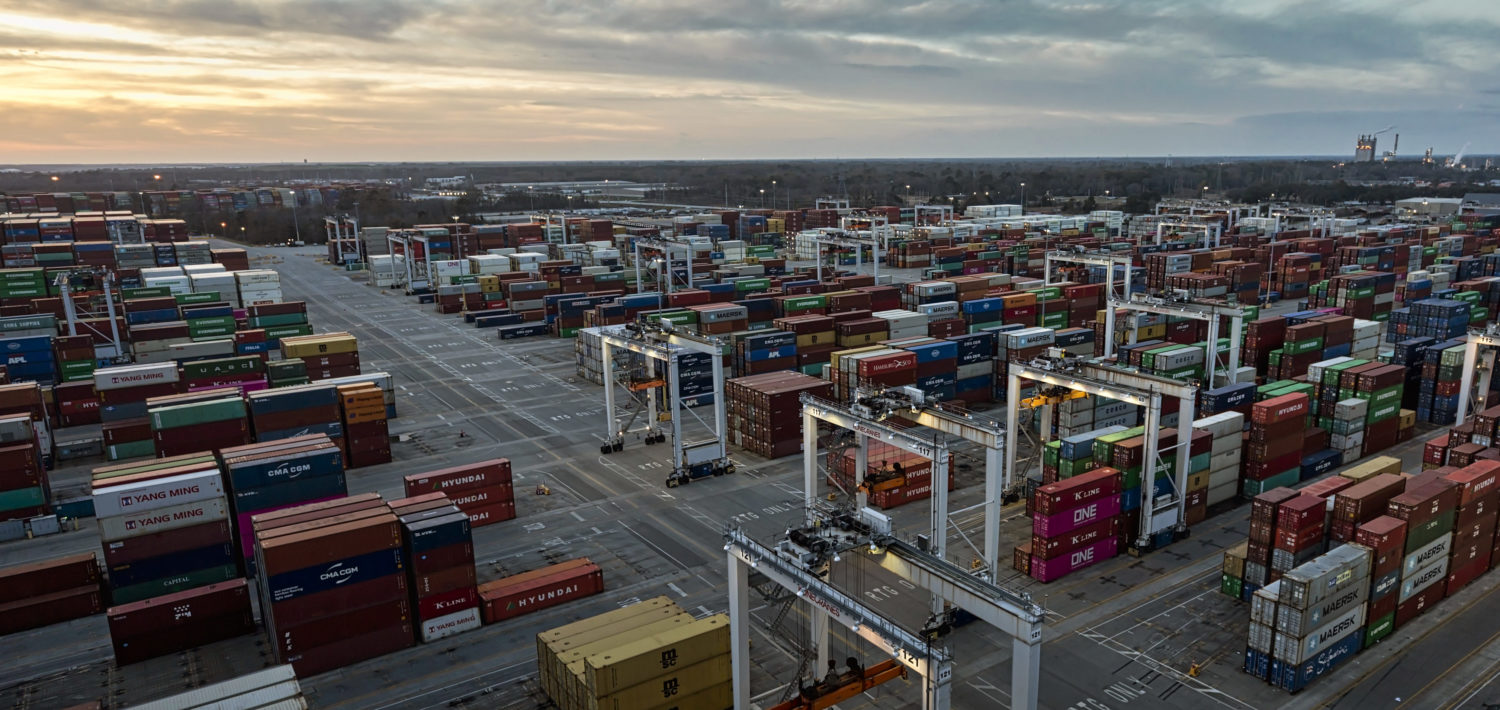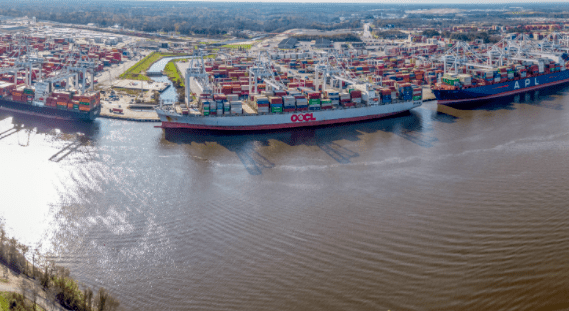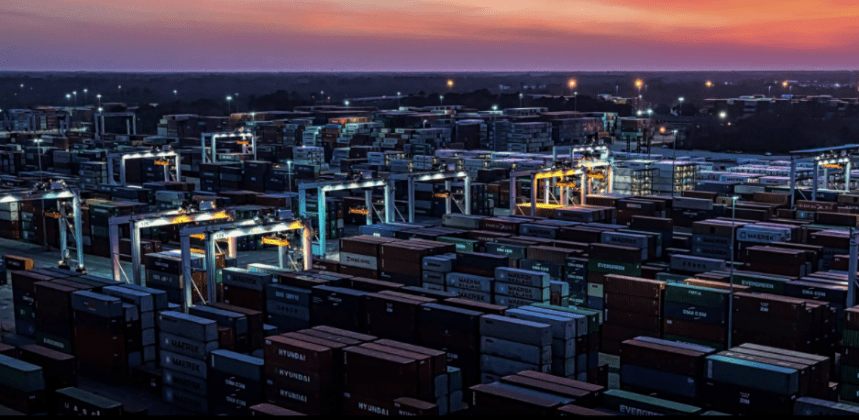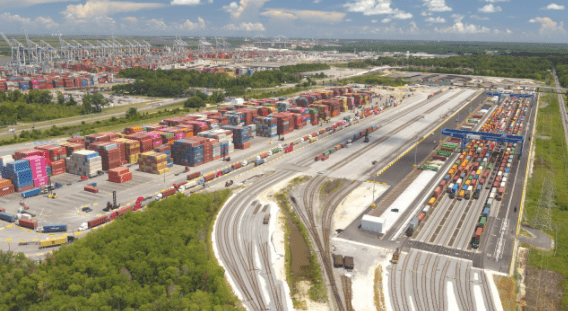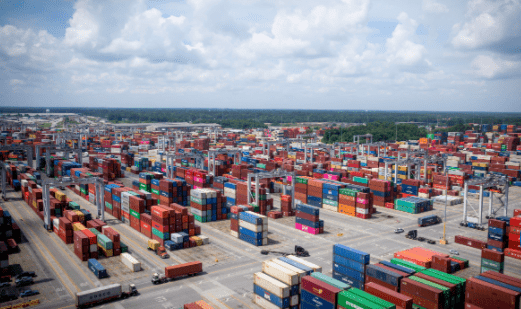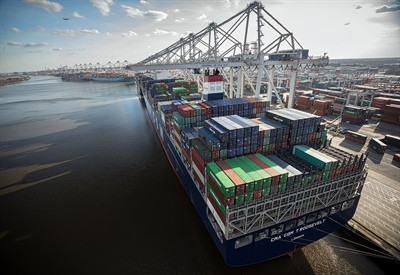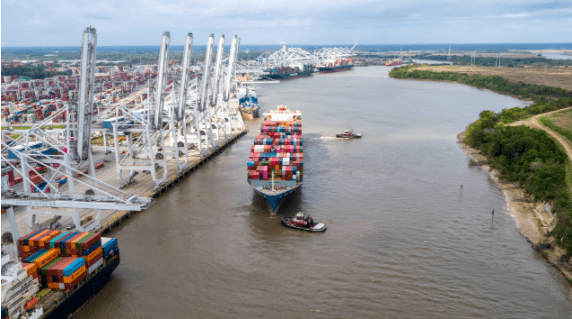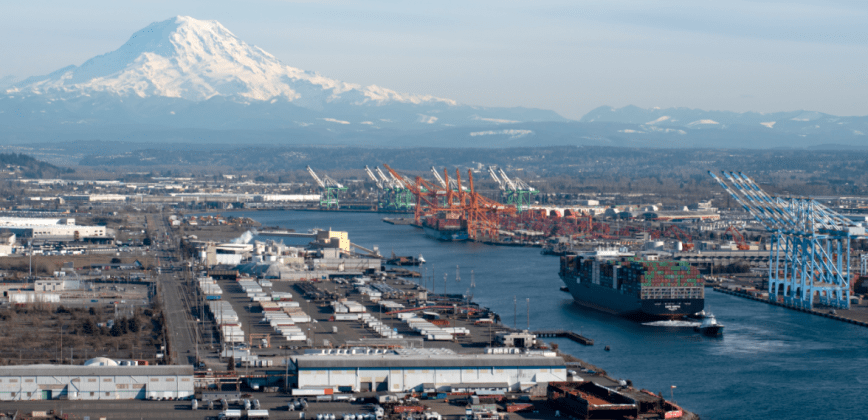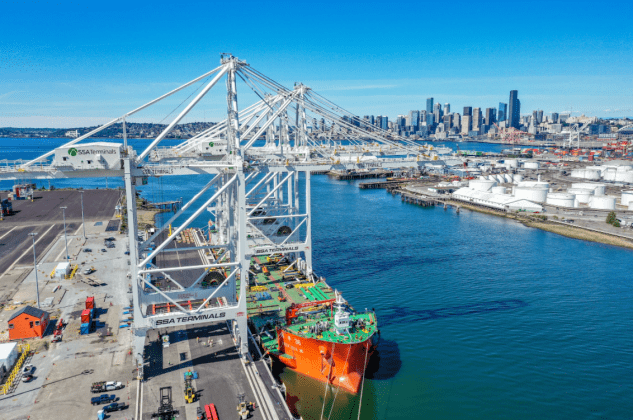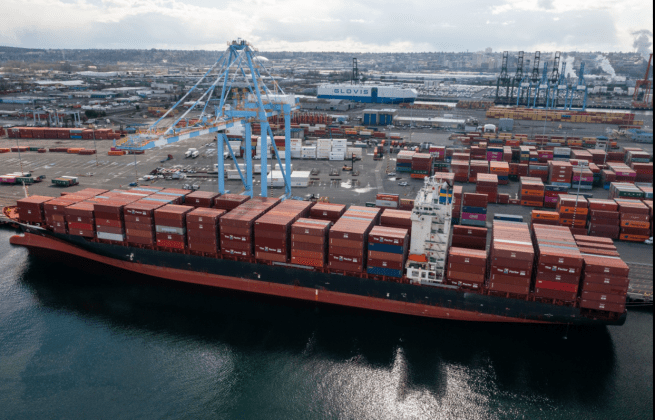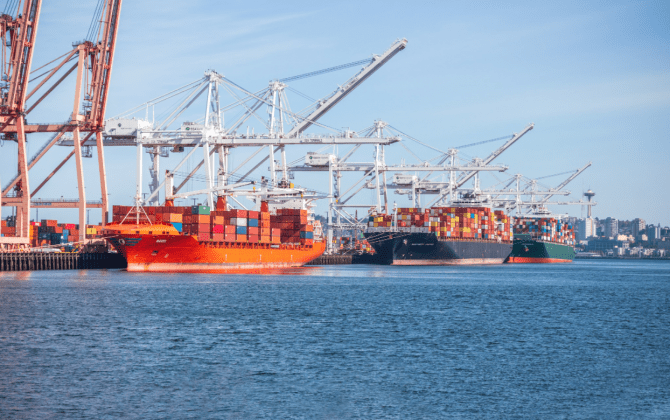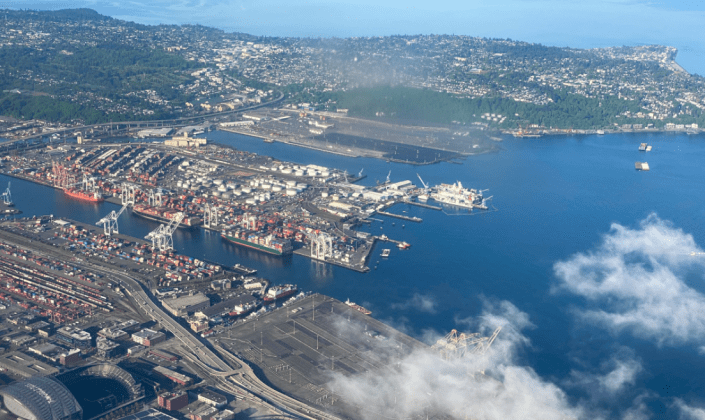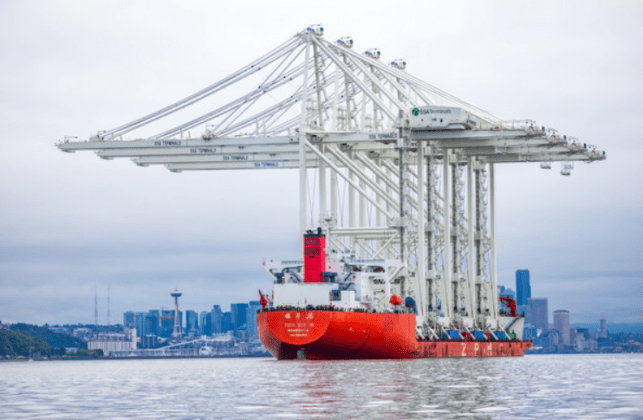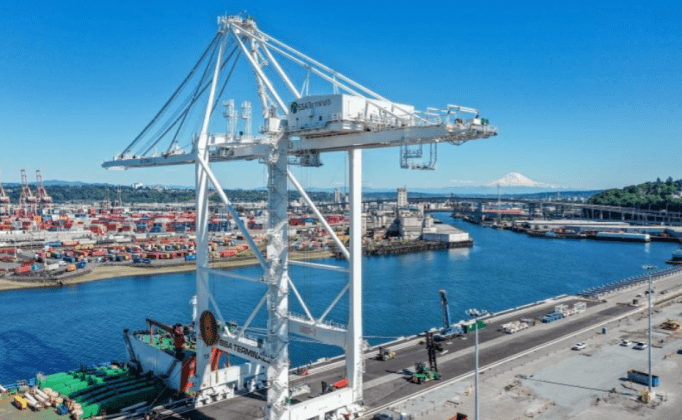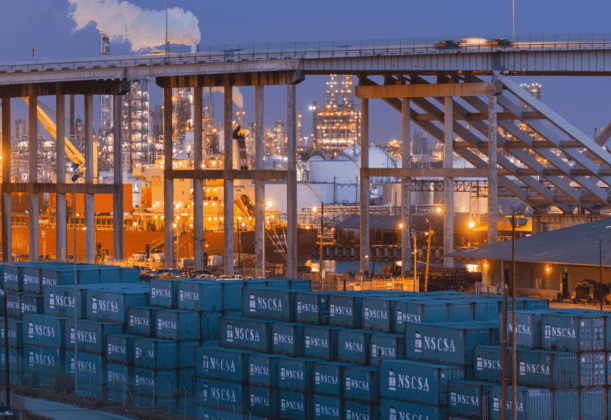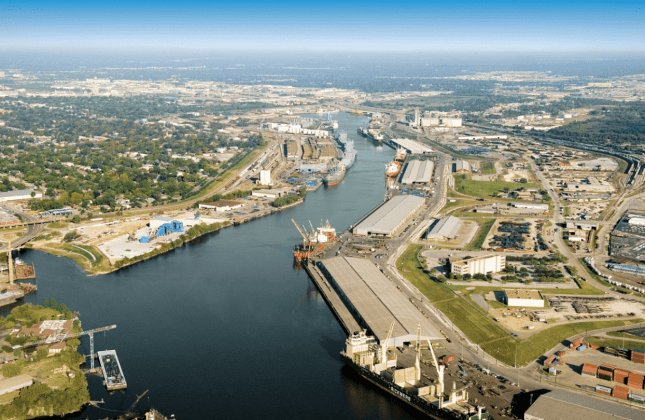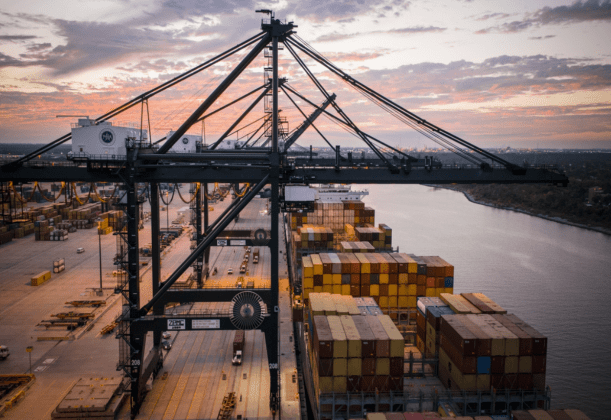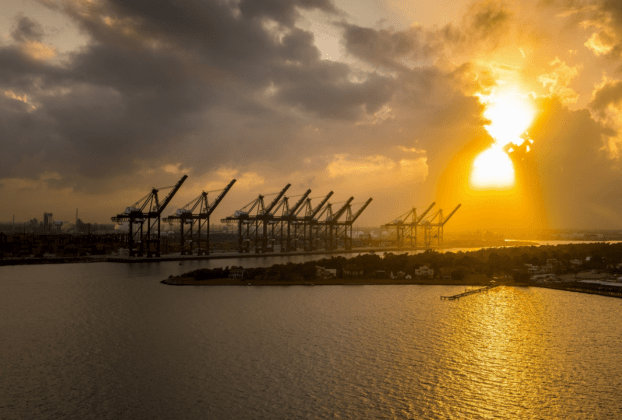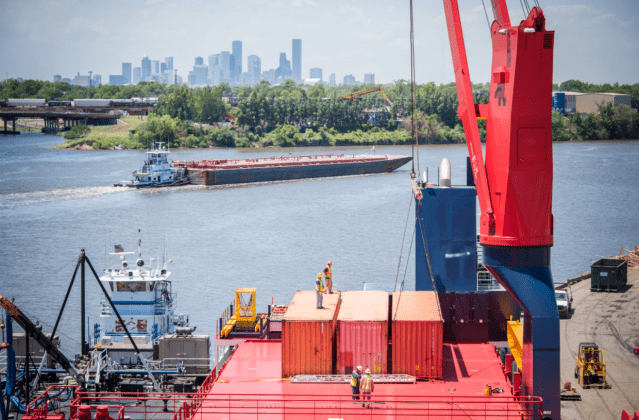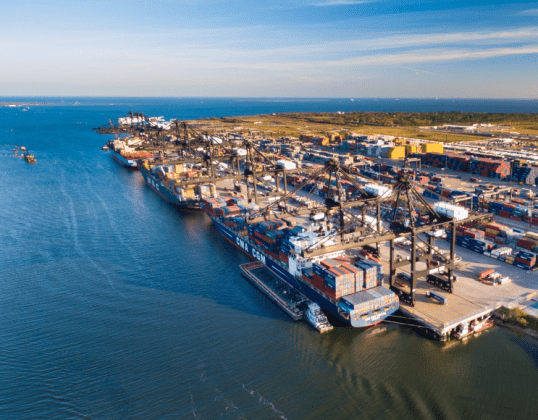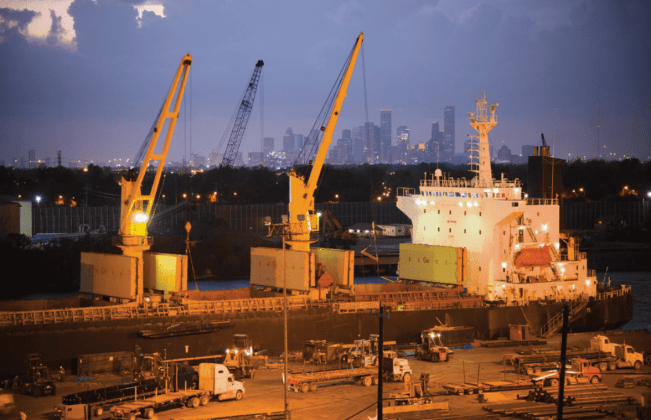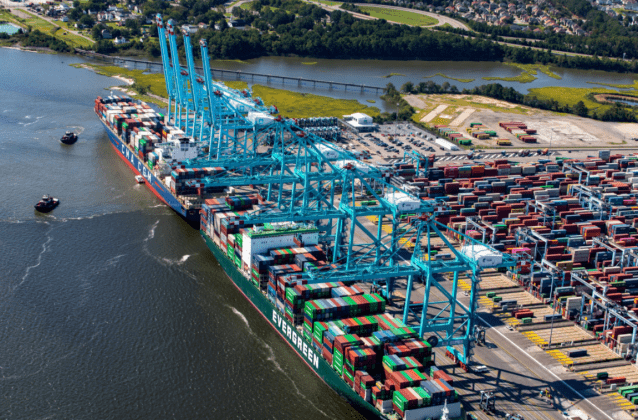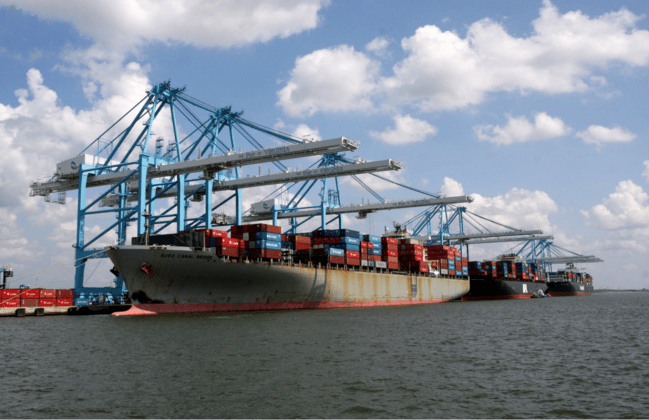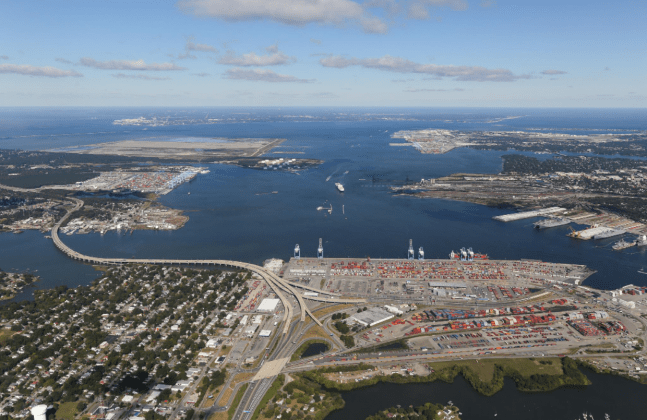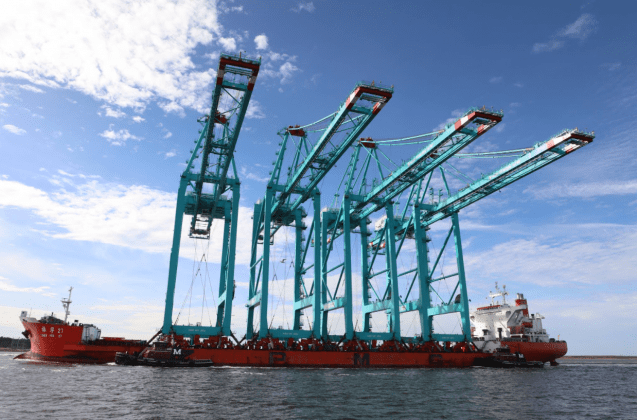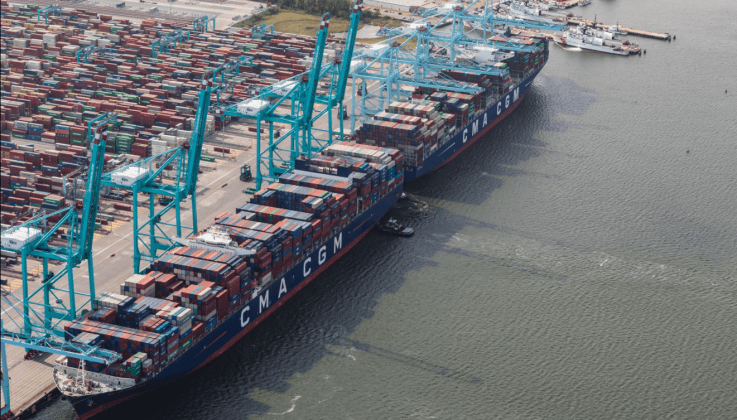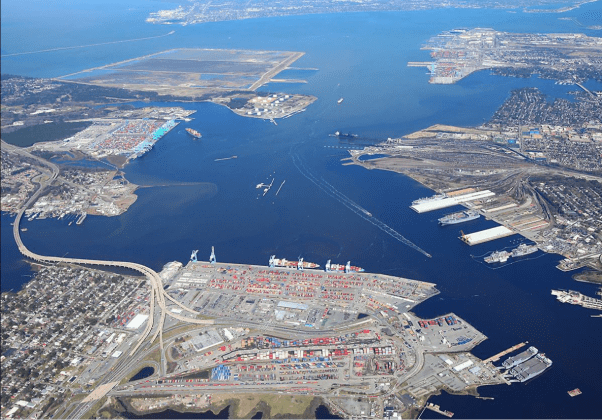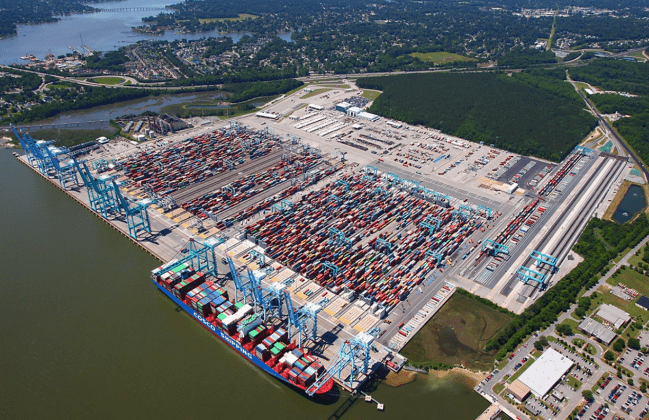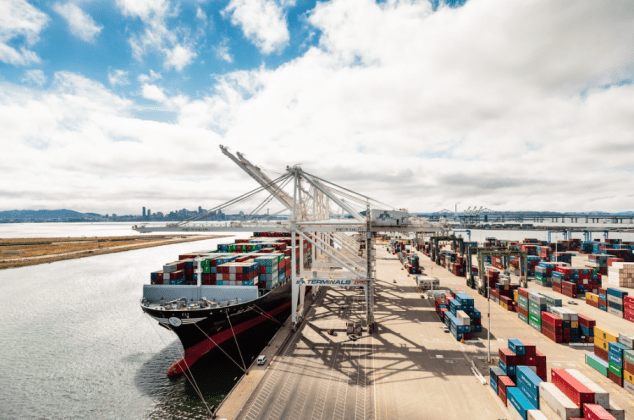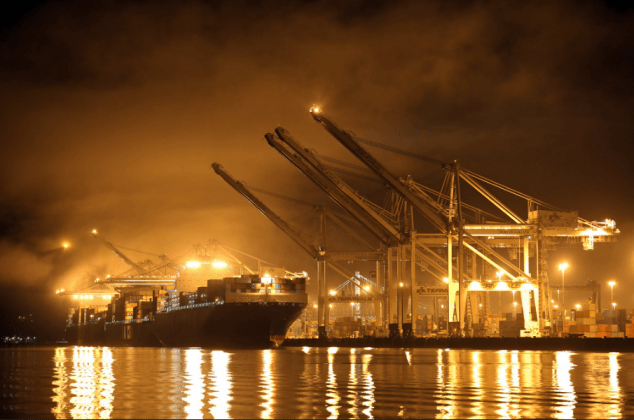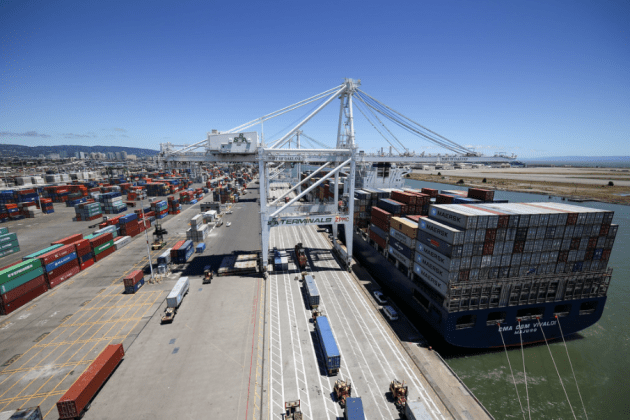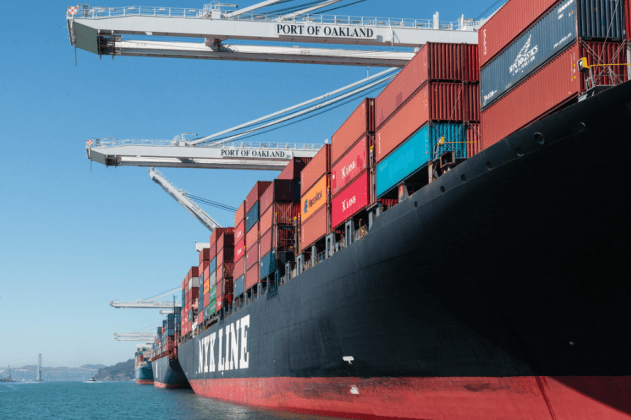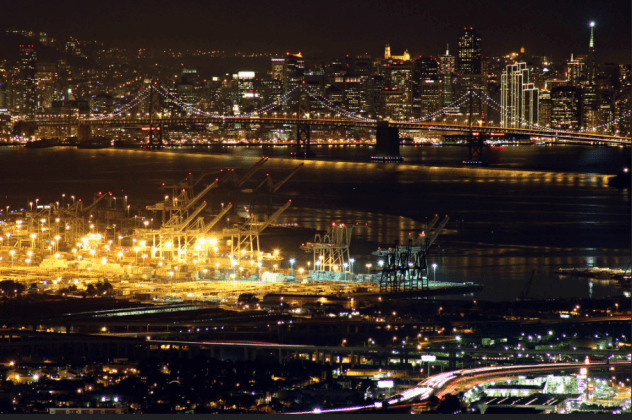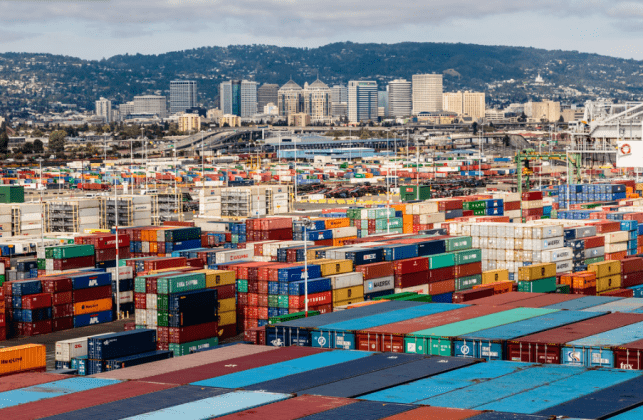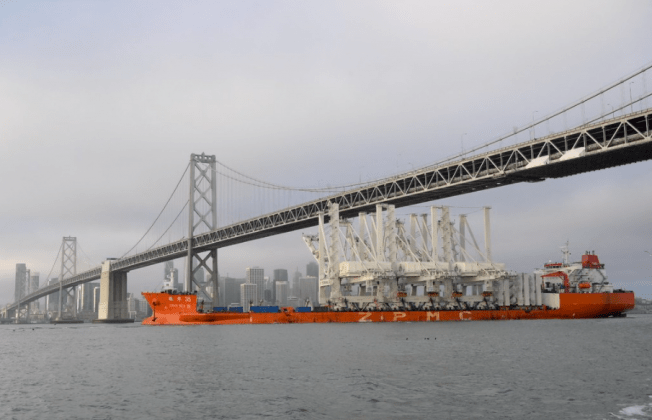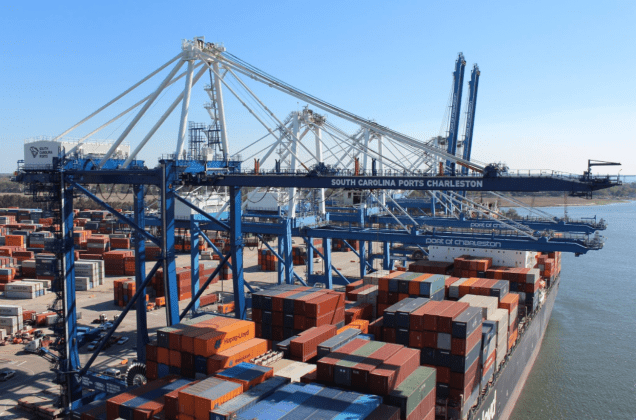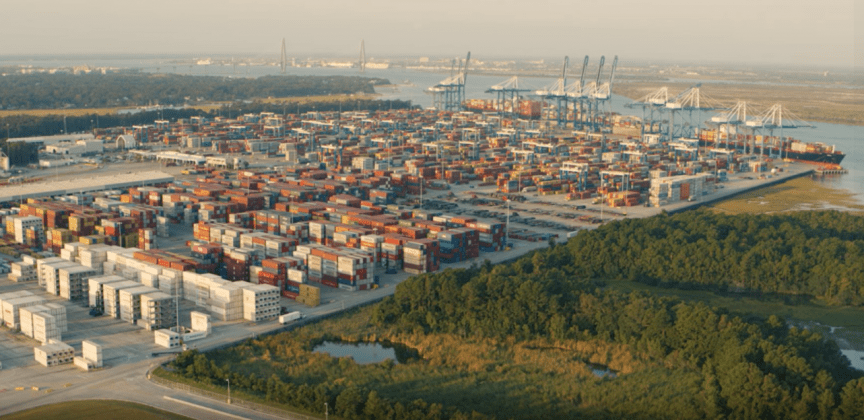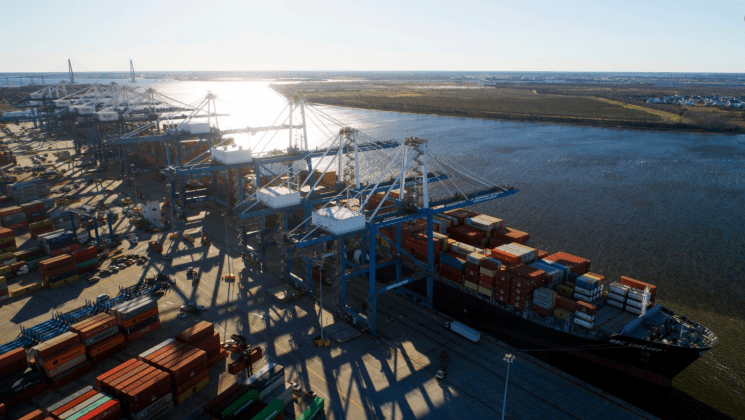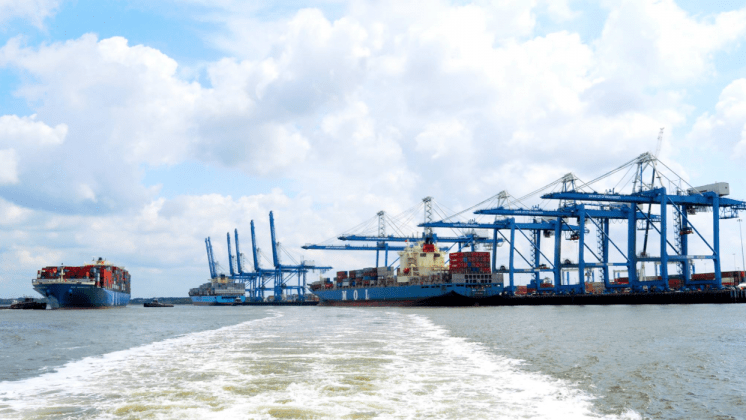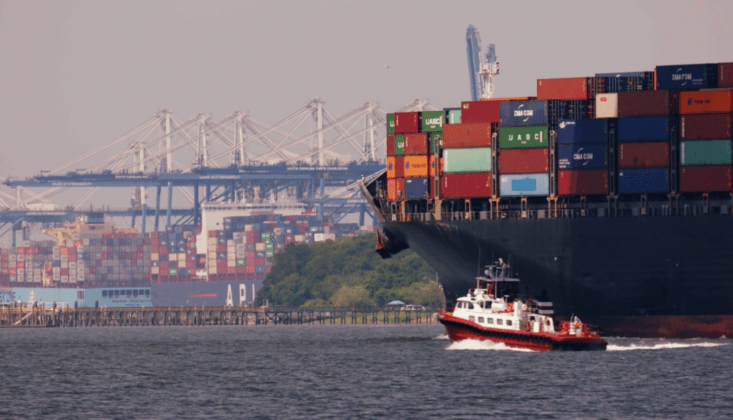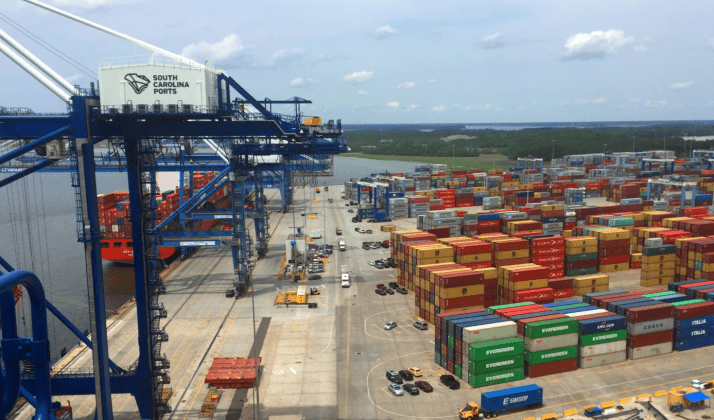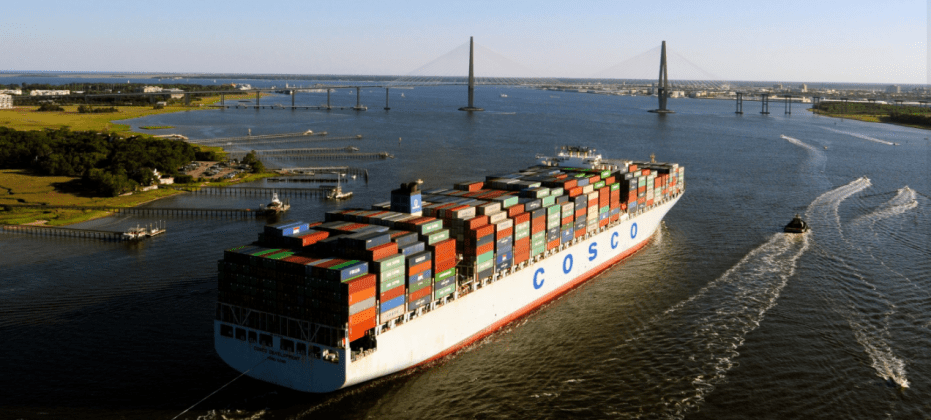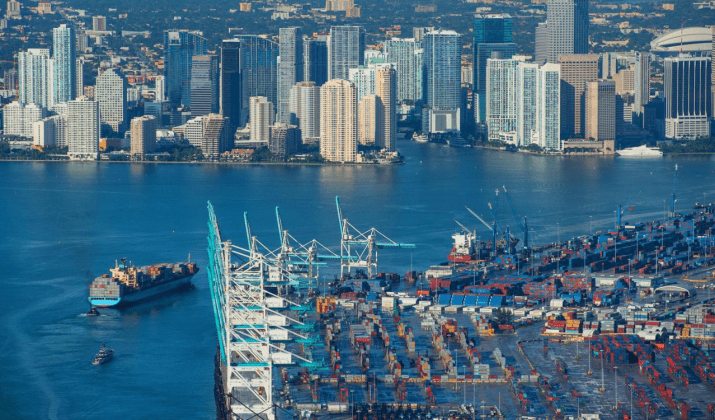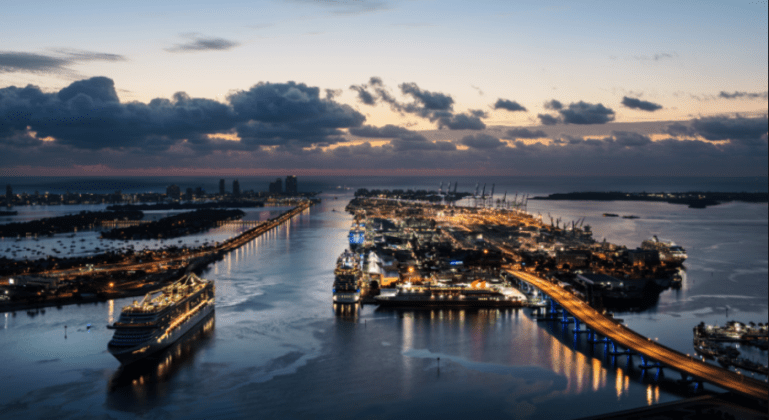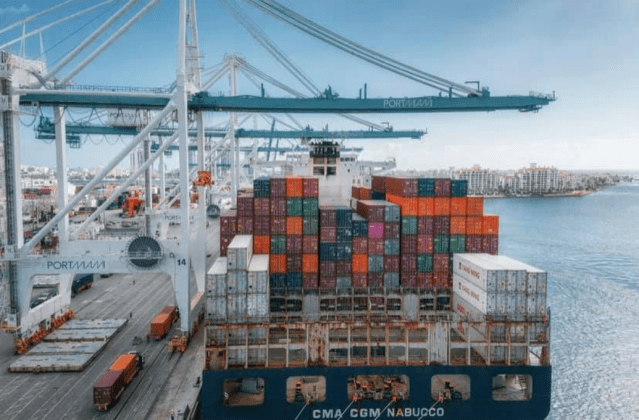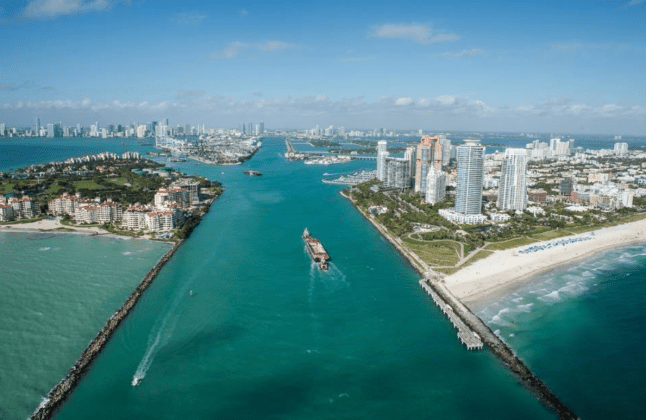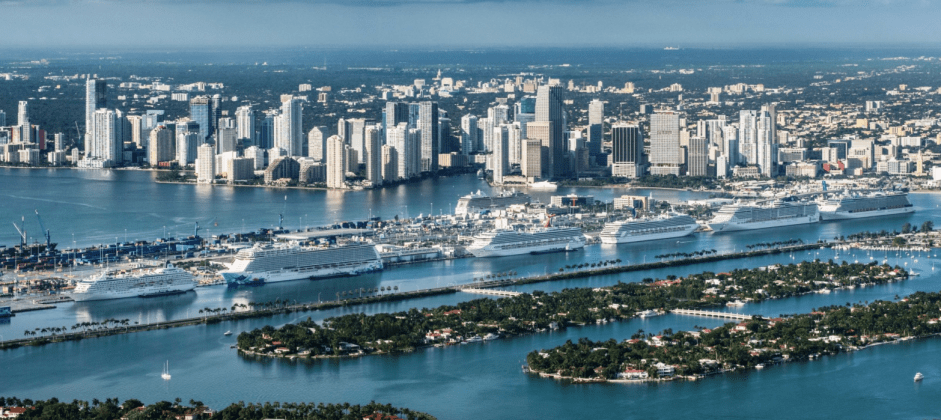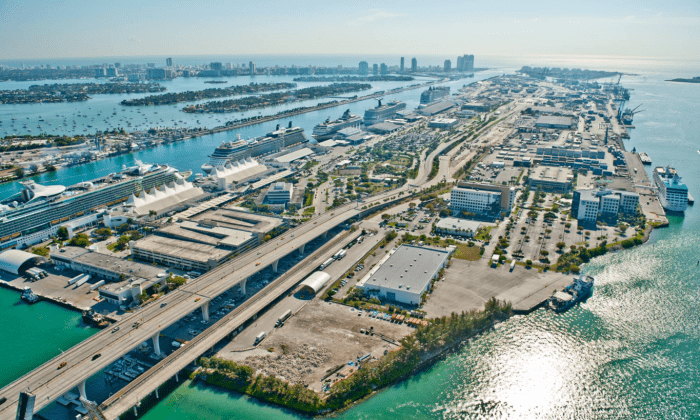Some of the largest and most crucial container gateways of the world are in the United States. The following list of the busiest container ports in the US includes important box hubs, which contribute significantly to the country’s economy, while they also allow container movement across the oceans, supporting and facilitating global trade.
-
Port of Los Angeles, California
More than 9.2 million TEU in 2020
Known also as America’s Port, the Port of Los Angeles (POLA) is the busiest port of the United States for the 20th consecutive year, handling 9,213,395TEU in 2020. With 25 cargo terminals, the major Californian gateway handles 20% of all incoming cargo for the US.
Located in San Pedro Bay of the western US state of California, the port encompasses more than 30km² with an approximately 70,000 meters long waterfront.
POLA is the 19th busiest container port in the world and the 10th busiest worldwide when combined with the neighboring Port of Long Beach (POLB), which follows on the list.
2. Port of Long Beach, California
More than 8.1 million TEU in 2020
The Port of Long Beach (POLB) is a major US gateway for Transpacific, the second-busiest container seaport in the United States and the 21st-busiest container port in the world, handling 8,113,315TEU in 2020 with an annual estimated trade value of US$170 billion.
Located in the city of Long Beach and occupying 13 km² of land and 40 km of waterfront, POLB has 22 shipping terminals, six of which handle container vessels, and serves 175 shipping lines with connections to 217 seaports around the world.
3. Port of New York and New Jersey, New York
More than 7.5 million TEU in 2020
The Port of New York and New Jersey is the largest port of the US East Coast and the third largest and busiest port of the country, handling 7,585,819TEU in 2020, with an operating capacity of 9 million TEU approximately.
The port serves all of the world’s major ocean carriers and global alliances with over 70% first port of call and consists of a complex of approximately 386 km of shipping channels, as well as anchorages, and port facilities.
The Port has six container terminals, which can handle nine 14,000TEU vessels at the same time.
4. Port of Savannah, Georgia
More than 4.6 million TEU in 2020
The Port of Savannah of the Georgia Ports is the fourth busiest port of the US and hosts the largest single-terminal container facility in North America, with moves of 4,682,249TEU during 2020.
It is estimated that this number will be increased until 2023, as the port’s container annual capacity will grow by 750,000TEU.
In 2020, Savannah’s total container trade has expanded by 1.8%, compared to the previous year.
5. The Northwest Seaport Alliance (Seattle and Tacoma), Washington
More than 3.3 million TEU in 2020
The Northwest Seaport Alliance (NWSA) has handled a total of 3,320,379TEU during 2020, with a waterborne trade value of US$66 billion and 189 trading partners from all around the world.
The NWSA was officially established in 2015 from the merge of the Washington state’s largest ports of Seattle and Tacoma.
The NWSA has reported that a total of 1,684 cargo vessels called its terminals during the last year, 949 of which were container ships.
6. Port Houston, Texas
More than 2.9 million TEU in 2020
Port Houston, the sixth-busiest Port of the US with a total volume of 2,989,349TEU last year, is the nation’s largest port for waterborne tonnage and the largest container port of the US Coast Gulf.
The port, which offers jobs to 3.2 million people, includes two container terminals and is home to the largest petrochemical manufacturing complex in the US with petroleum and petroleum products leading the trading commodities.
7. Port of Virginia, Virginia
More than 2.8 million TEU in 2020
Conducting a throughput of more than 2.8 million TEU during the previous year and hosting the largest intermodal rail port on the US East Coast, the Port of Virginia is the seventh busiest port in the country.
The port is planning to transfer many more cargoes in the future given that the expansion of the container terminals Norfolk International Gateway and Virginia International Gateway in 2020 increased the overall capacity of the Port of Virginia by 40%, which translates to 1 million TEU annually.
8. Port of Oakland, California
More than 2.4 million TEU in 2020
Located on the East shore of San Francisco Bay, the Port of Oakland is the eighth busiest port in the United States, reporting volumes of 2,461,262TEU in 2020.
The Port of Oakland ranks among the four largest Pacific Coast ports for container cargo, following the aforementioned ports of Los Angeles, Long Beach, Seattle and Tacoma (NWSA).
Overseeing more than 5.26 km² of maritime-related facilities and moving more than 99% of the containerised goods through Northern California, the port serves a local market of over 14.5 million consumers.
9. South Carolina Ports, South Carolina
More than 2.3 million TEU in 2020
Including the Port of Charleston and another four major ocean terminals, South Carolina Ports (SC Ports) has handled 2,309,995TEU in 2020, ranking in the ninth place of US busiest ports.
SC Ports, which owns and operates the Port of Charleston, Port of Georgetown, Inland Port Greer and Inland Port Dillon, opened Phase One of the Hugh K. Leatherman Terminal in March. Leatherman Terminal is the first greenfield container terminal to open in the country since 2009, adding more capacity and big-ship capabilities to the Port of Charleston.
SC Ports claims that port operations create one in 10 jobs in South Carolina and generate a US$63.4 billion economic impact on the state each year.
10. Port Miami, Florida
More than 1 million TEU in 2020
Port Miami, which contributes approximately US$43 billion and more than 334,000 jobs annually to Florida’s economy, constitutes the 10th busiest port of the US with 1,066,738TEU in 2020.
Port Miami may be distinguished as the Cruise Capital of the World, but its consistent cargo growth reflects over 1 million TEU for five years in a row.
The port has invested more than US$1 billion for capital improvements on the cargo side, including a deep water channel with a depth of 20 metres approximately and the acquisition of new super Post-Panamax gantry cranes.
 Hotline: 0944 284 082
Hotline: 0944 284 082
 Email:
Email: 


 VN
VN